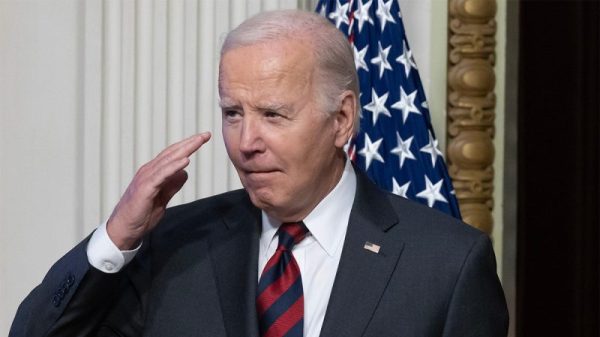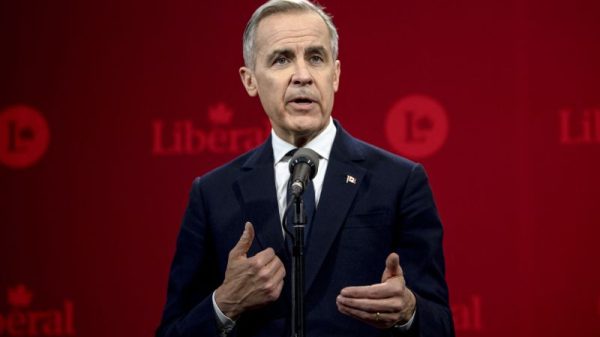Australia faces a looming energy crisis driven by a combination of unfavourable conditions and challenges in the energy market. The situation, however, provides an opportunity for the country to diversify its energy sources, increasing its renewable and green energy generation capacity and reducing fossil fuel reliance in the process.
This market has created an ideal playing ground for Australian renewable and green energy producers, for whom the opportunities and incentives have never been greater.
A market in crisis
Australia’s energy market has been something of a bugbear for residents and regulators alike since the 2000s. After a promising period of policy reform in the 1990s, the country’s energy market lost considerable momentum, and Australia soon struggled to consistently deliver reliable, affordable electricity. The issue was exacerbated when, after making little progress in addressing its policy issues, Australia found itself facing the prospect of a clean energy transition.
The late 2010s saw very little improvement for the state of Australian energy generation. Though it was clearer than ever that the country needed to address its long-running energy policy issues and update its outdated energy model, there was very little consensus on how. State governments took an approach that was, at best, uncoordinated, with each introducing its own set of energy policies.
‘The nature of the energy sector has changed from a centralised, top-down, slowly changing system dominated by big businesses, governments and large investments to a chaotic, diverse, decentralised and rapidly changing jungle,’ Alan Peers, a senior industry fellow at RMIT University, wrote in 2017. ‘Energy markets are failing to deliver on their objective of low prices, reliability and protection of the long-term interests of consumers … There is increasing potential to switch from gas to electricity and renewable fuels.’
At the time, Peers urged that 2017 needed to be the year that Australia addressed its long-running energy issues. Unfortunately, it appears that did not happen. Instead, by June 2022, Australia’s top power producers were struggling to turn a profit, even in the face of soaring energy prices.
The Australian Energy Market Operator warns in an August 2023 report that Australia’s power grid may come under significant strain as hotter and drier summer conditions intensify. The report stresses the need for “imminent and urgent investment” in energy, particularly in Eastern Australia to beef up the electricity grid.
In Western Australia, which is the world’s most isolated grid network, the issues are potentially worse in the long term. In 2023, the Australian Energy Market Operator announced that the South West Interconnected System (SWIS), Western Australia’s main electricity network, will face a major supply/demand deficit within the next decade. This announcement was a shock to many. After all, just 12 months earlier, the operator reported a positive outlook for SWIS.
Unfortunately, that report was based on a relatively flat projected increase in demand, and that was rendered thoroughly obsolete by both emerging and ongoing trends; it has since been updated to a maximum projected increase of 220 percent.
First among the driving trends is the massive spike in oil and gas prices that occurred with Russia’s invasion of Ukraine — it was an increase of a magnitude not seen in decades. Unfortunately, in Australia this price hike coincided with outages at multiple domestic coal-fired plants.
In its 2022/2023 national budget, the Australian government committed to AU$25 billion in clean energy spending, supporting its goal of net-zero emissions by 2050. Fossil fuels contributed 68 percent of total electricity generation in 2022, including coal (47 percent), gas (19 percent) and oil (2 percent). Renewables contributed 32 percent of total electricity generation.
In light of these trends, Western Australia is planning a major expansion of its power grid. Australia’s federal government has also instituted multiple programs to encourage growth and investment in its renewable energy market, including the AU$2 billion Hydrogen Headstart Program. Though these measures represent a step in the right direction, for some, they aren’t enough.
In September 2023, a coalition of organisations and activist groups called for the country to invest at least AU$100 billion into the renewable energy market — something they maintain would bring Australia more in line with the European Union and the US.
Embracing renewable power
The large-scale supply chain disruptions that occurred between 2020 and 2022 represented a considerable windfall for the oil and gas market. Since then, however, prices have begun to stabilise — and in the process continued their steady decline. This is unsurprising.
As noted by Energy Post, the oil and gas business model is fatally flawed. Production costs will inevitably continue to increase as commercially viable deposits become progressively harder to find. Driving the point home, the publication notes that all oil and gas supermajors experienced declining revenues and slimmer margins in the second quarter of 2023.
Renewable energy, meanwhile, will continue to thrive.
These global-scale trends are very much reflected in Australia’s energy market, according to Mordor Intelligence. Estimated at 46.06 gigawatts in 2023, Australian renewable energy is projected to reach 79.77 gigawatts by 2028. Solar power generation is expected to dominate this market due to an increase in distributed solar power installations.
These installations will prove particularly valuable in the Australian interior, where they will present a compelling alternative to long-distance transmission grids and gas/diesel-powered microgrids. Rooftop solar power is also a vital part of Queensland’s renewable energy targets.
Market growth in solar power will be further accelerated by the Australian government’s plans to establish funding and policies targeted at the rapid growth of solar energy. Notably, several organisations have already made considerable inroads here.
Fortescue Metals Group (ASX:FMG,OTCQX:FSUMF), for instance, has announced plans to build a 5.4 gigawatt solar, wind and battery energy storage project in the Pilbara region. Australian energy and telecommunications provider AGL, which operates Australia’s largest private electricity generation portfolio within the national electricity market, has been beefing up its renewable energy portfolio in line with plans to phase out its coal-power generation by 2035.
Frontier Energy (ASX:FHE,OTCQB:FRHYF) is another company with promising prospects. A near-term, fully integrated renewable energy and hydrogen producer, Frontier plans to leverage its flagship Bristol Springs project — with shovel-ready solar generation of 355 megawatts and the potential to scale to over 1 gigawatt — to make inroads into green hydrogen. The company already meets all criteria for the Australian government’s Hydrogen Headstart Guidelines.
Other major players in Australia’s renewable energy market include Bright Energy Investments, which owns and operates multiple solar and wind farms throughout SWIS, and Infigen Energy (ASX:IFN), whose wind farms have a total power generation capacity of 557 megawatts.
Investor takeaway
Australia’s energy market faces a looming and inevitable crisis of supply and demand. For investors, however, this crisis is an opportunity. Multiple companies have already stepped forward to help the country diversify its power generation and embrace renewable, sustainable energy — making now an ideal time to consider adding them to your portfolio.
The information contained here is for information purposes only and is not to be construed as an offer or solicitation for the sale or purchase of securities. Readers should conduct their own research for all information publicly available concerning the company. Prior to making any investment decision, it is recommended that readers consult directly with Frontier Energy and seek advice from a qualified investment advisor.







































